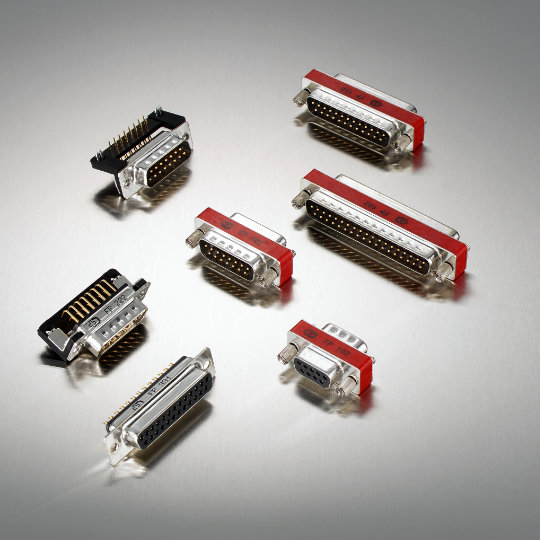EMI stands for Electromagnetic Interference whereas RFI relates to Radio Frequency Interference. These terms are often interchangeable with RFI actually been a subcategory of EMI, therefore, we will be discussing EMI specifically below.
First of all, what is EMI? EMI are types of energy waves with different frequencies (size of waves) which are caused by the acceleration of electron movement within an electrical device. Common manmade sources of EMI include radio signals, mobile phones, electronic motors, computers, medical equipment and power lines. There are also naturally occurring EMI sources such as lightning and solar magnetic storms. Alongside these more common sources, some sectors such as military and governments also need to be aware of sources such as a high altitude electromagnetic pulse (HEMP) from a nuclear device and other electronic warfare weapons.
Problems due to EMI are often not so dramatic as a weapon of electronic warfare. Interferes caused to the normal operation of electronic equipment could be as minor as hissing on the phone or unattractive TV hazing. It can however be extremely serious in products such as medical equipment which could give out incorrect data during surgery resulting in the death of a patient. It is therefore extremely important that electrical designers pay close attention to limiting the effects of EMI in line with the different international standards organizations.
The overall term for this is EMC or Electromagnetic compatibility. “EMC is the ability of a device, unit of equipment, or system to function satisfactorily in its electromagnetic environment without introducing intolerable electromagnetic disturbances to anything in that environment” [Reference 1].
In more basic terms this means design engineers need to produce electronic equipment which can operate normally without interference when in an environment with other electrical equipment. All the while also ensuring that EMI is not leaked from the product into the surrounding environment which could then interfere with other devices. This can be seen in everyday life with products like mobile phones which can still work when on a desk next to a laptop connected to Wi-Fi and using Bluetooth keyboard and mouse and external display. All these devices are giving on different waves of EMI and are still able to work within the boundaries they are designed for.
Usually, this protection or filtering is done through the use of physical shielding whether from a metal cover, EMI wire mesh or metal/silicone-metal paint within the enclosure. The best shielding material is highly dependent on the type of EMI frequency the device is emitting. In most designs, it is usual to have these covers as near to the emitting source as possible. This has the two beneficial functions, one making the shielding more effective and two making housing designs easier.
The main failure points within these EMI shields and enclosure is their joints due to improper gaskets being used, seams and any apertures in the design. As cable entry and exit is required in most devices limiting the EMI into or out of these particular apertures can be tricky. This is where the use of filtered connectors has an important role to play. Connectors with low pass filters built-in allow for the low-frequency currents and signals to be passed unhindered. At the same time, the high-frequency signal waves related to EMI are attenuated, meaning the signal strength in the system is reduced or in some instances stopped completely.
A filtered D-sub for instance is a component that has been designed to reduce high-frequency interference from EMI. The simplest way to achieve this is through the C or feed-through filter which incorporates a single capacitor placed between the ground and the signal line of the contacts. This then acts as a low pass filter meaning that any interference from inside a product is not released out into the surrounding environment and/or any external interference is not transferred to the inside of the product.
You can view our range of filtered D-sub connectors here.

